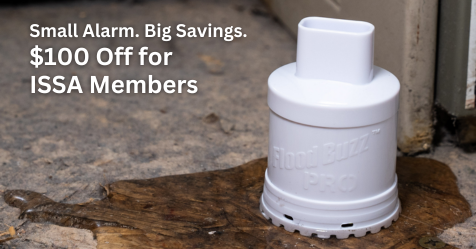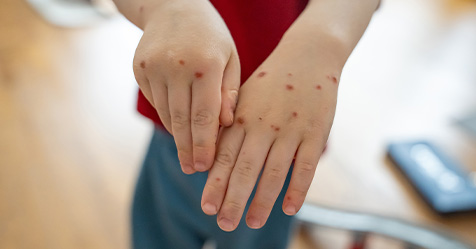5 Things to Look for in a Hand Sanitizer
As millions of American families and teachers prepare for the start of a new school year, PURELL® hand hygiene expert Dawn Yeomans, Ph.D., via a recent press release, gives the following advice on selecting the right hand sanitizer.
Back to school means back to germs, so Yeomans suggests arming students and teachers with hand sanitizer so they can conveniently kill germs without taking a trip to the restroom.
“Keeping your hands clean is one of the best ways to fight off germs that may cause illness in all settings, particularly in schools—and especially during the fall and winter months when germs are so prevalent,” Yeomans said. “Alcohol-based hand sanitizer is an essential part of the school day, as students and school staff wash or sanitize their hands up to 10–20 times in a typical day. Those key moments should include after using the restroom; before eating; after blowing their nose, sneezing or coughing into their hands, or touching garbage; when moving between classrooms or after recess; and when they get home from school.”
She recommends considering these five key factors to ensure your hand sanitizer is safe and effective:
- Choose an alcohol-based version. Ethyl alcohol (ethanol) has more than a century of data proving that it kills a broader range of germs than nonalcohol sanitizers and works faster—making it more convenient for busy teachers and students.
- Ensure that it provides adequate coverage. The product’s dispensing method also plays a role in its effectiveness. For hand sanitizer to work, you need to use enough so that it completely covers all surfaces of both hands and dries in about 15 to 20 seconds. Be wary of product packaging that spritzes hand sanitizer onto the hands like perfume—it takes many, many pumps to be effective.
- Look for ingredients that support skin health. Children are prone to dry, irritated, and cracked hands, and many suffer from eczema. Look for ingredients like aloe, glycerin, or vitamin E to help soothe skin.
- Ditch the fragrance. Fragrances are the most common irritant in personal care products, so if you have sensitive skin or allergies, opt for fragrance-free products. If you have no sensitivities it’s OK to choose a sanitizer with a mild, pleasant fragrance (look for fragrances made with essential oils for a more natural option). Consider that teachers often prefer fragrance-free sanitizers in the classroom, as strong scents can be distracting or trigger allergies in some students.
- Make sure it’s pleasing to use. Many of us have had a bad experience with poor-quality hand sanitizer during the pandemic. Students and teachers are more likely to use hand sanitizer if it isn’t sticky or runny, smells pleasant and leaves you feeling clean.

